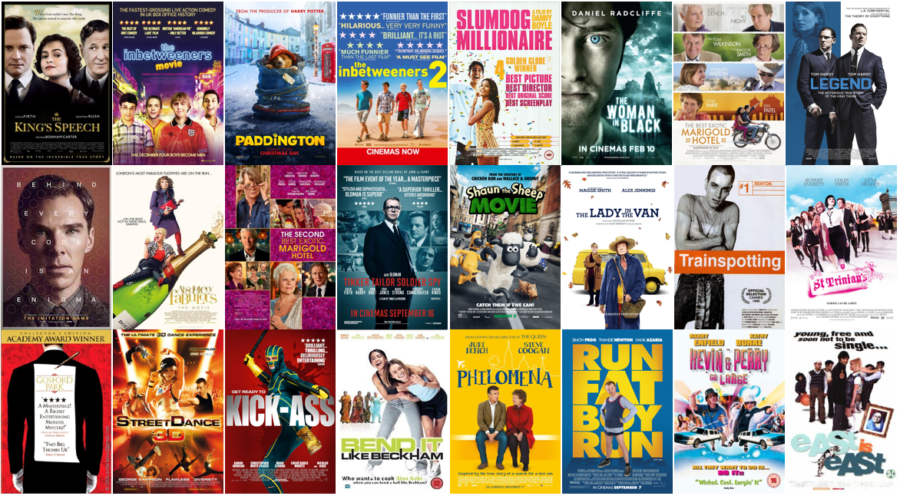

But what about Boyhood, financed over its 12-year genesis by a series of independent production companies and released domestically by IFC, a company whose name literally contains the word “independent?” Or how about a movie like Chloé Zhao’s The Rider, one of 2018’s true standouts, which was made completely apart from the traditional moviemaking apparatus before being acquired at Cannes by Sony Pictures Classics-a subsidiary of the studio currently spewing Venom all over American multiplexes. If the “Slacker” of Pierson’s saga-that’d be Richard Linklater-makes a movie like Last Flag Flying for a studio (Amazon), does that immediately disqualify it from consideration as indie? Probably.

But it’s still a valuable, gossipy document of a time when it was easier to identify the difference between mainstream and indie. The landscape described by Pierson has changed irrevocably in the 20-plus years since his book’s publication-notably, the book’s publisher, Harvey Weinstein, has gone from power player to persona non grata. “You take something that you really like … and take it to the people … you’re a very selective, very finicky video clerk.” It’s no wonder that one of QT’s contemporaries, Kevin Smith, uses a video-store metaphor midway through the book to describe not only Pierson’s job as a producer’s rep but also the role of critics in getting audiences to see movies with smaller production and marketing budgets. Quentin Tarantino’s reverent, referential cinephile aesthetic was more Blockbuster than blockbuster. In his 1996 book Spike, Mike, Slackers and Dykes, John Pierson chronicles his exploits as the self-described “guru” of independent American cinema in the period bridging the low-budget, off-the-grid incursions of the 1980s-when Spike (Lee) and Mike (Moore) came out of nowhere to become household names-and the ’90s, which could be divided into two distinct periods: before and after Pulp Fiction. This week on The Ringer, we’ll look at some veterans of the field and some exciting new entrants, and try to understand where independent cinema will go from here. But there are still some fearless, indie-minded artists fighting the fight. rexes and computer-animated superfamilies descending upon our multiplexes, the do-it-yourself spirit of film history is being crowded out, one IP blockbuster at a time. In 2018, it’s harder than ever to be independent in the world of movies.


 0 kommentar(er)
0 kommentar(er)
